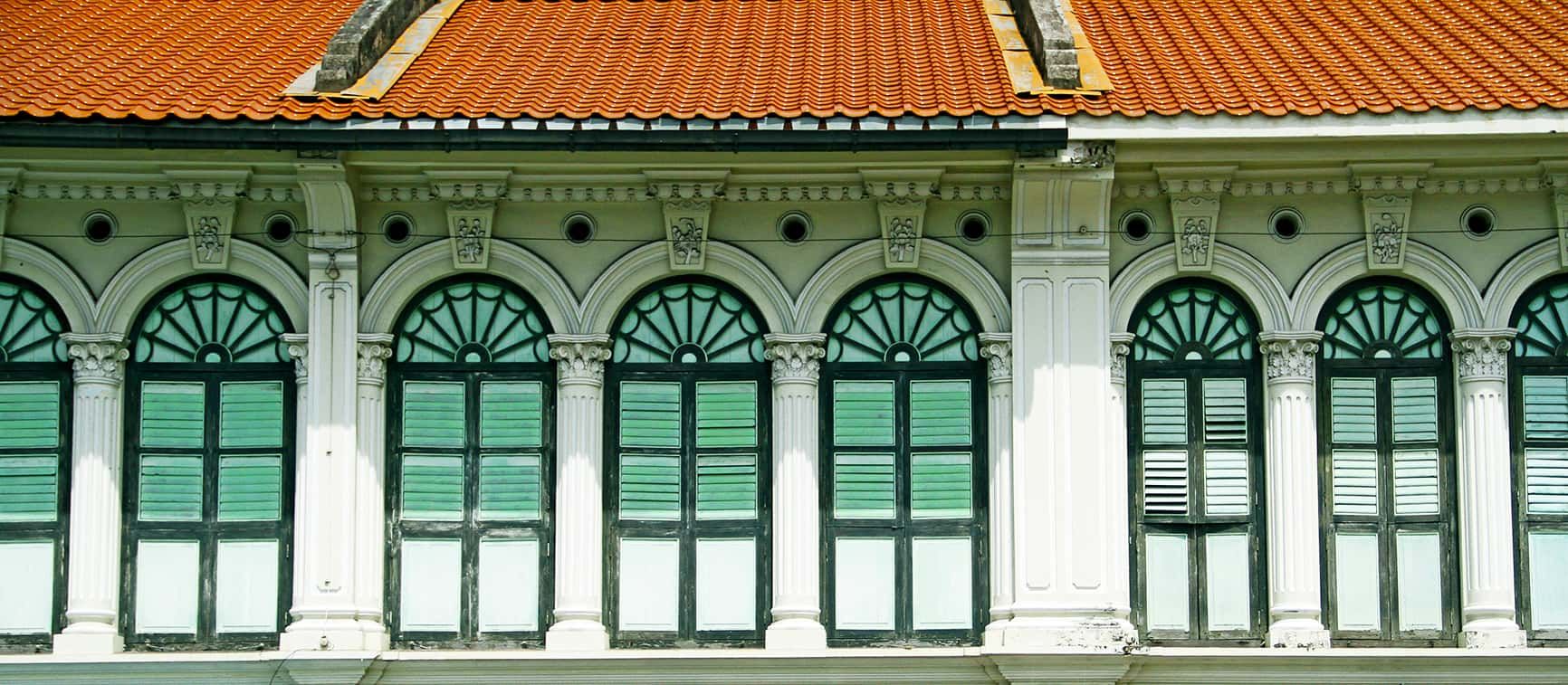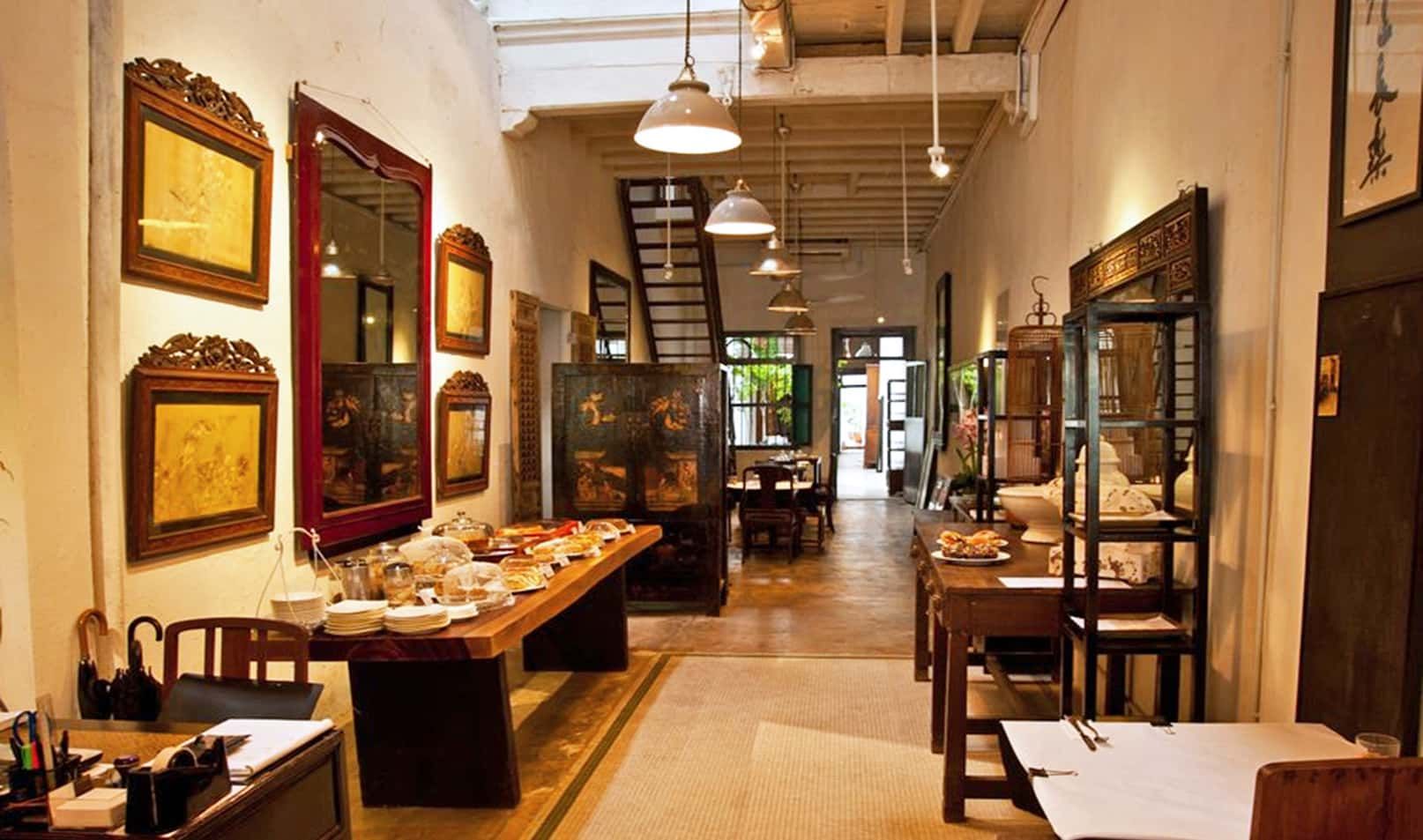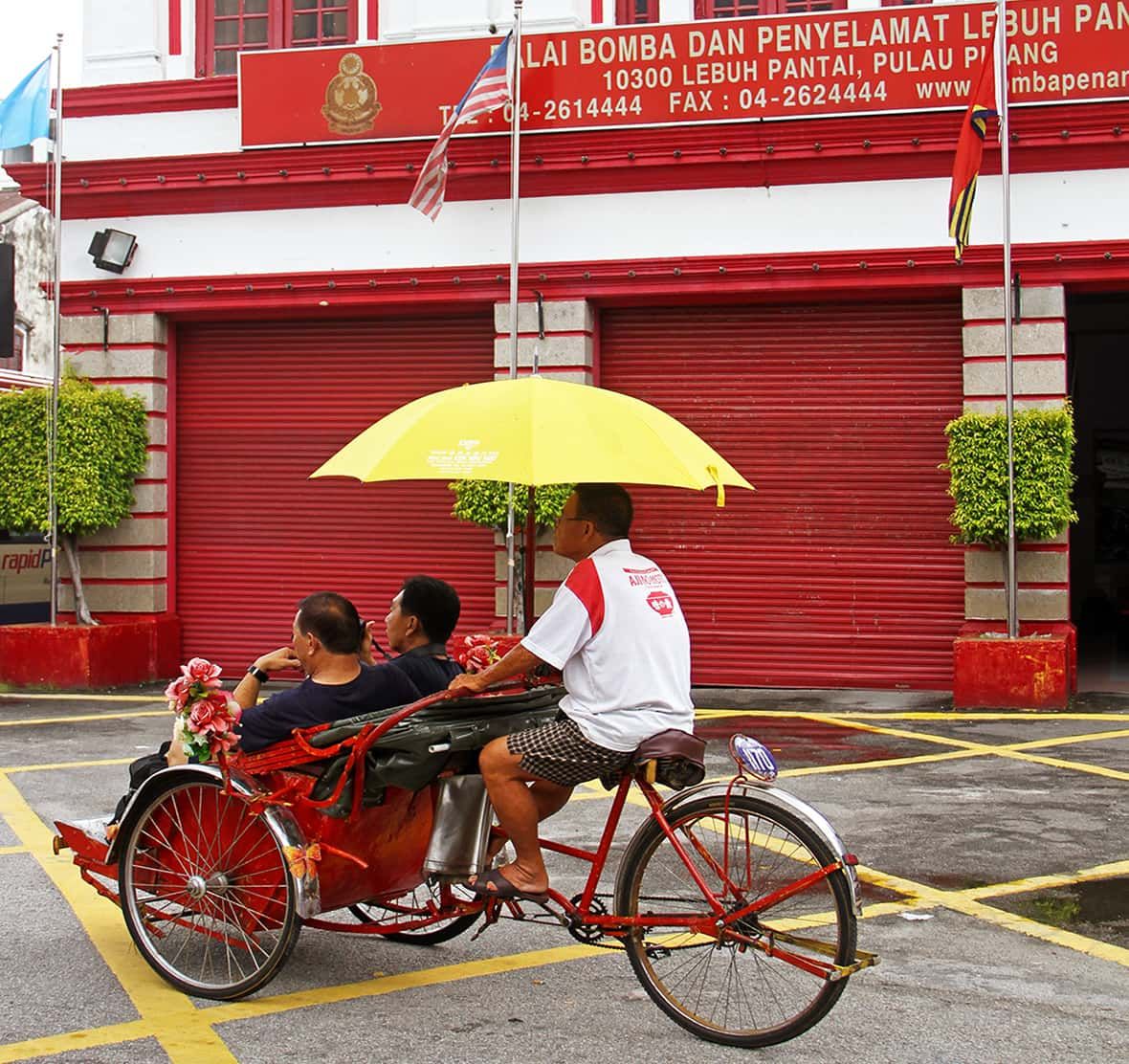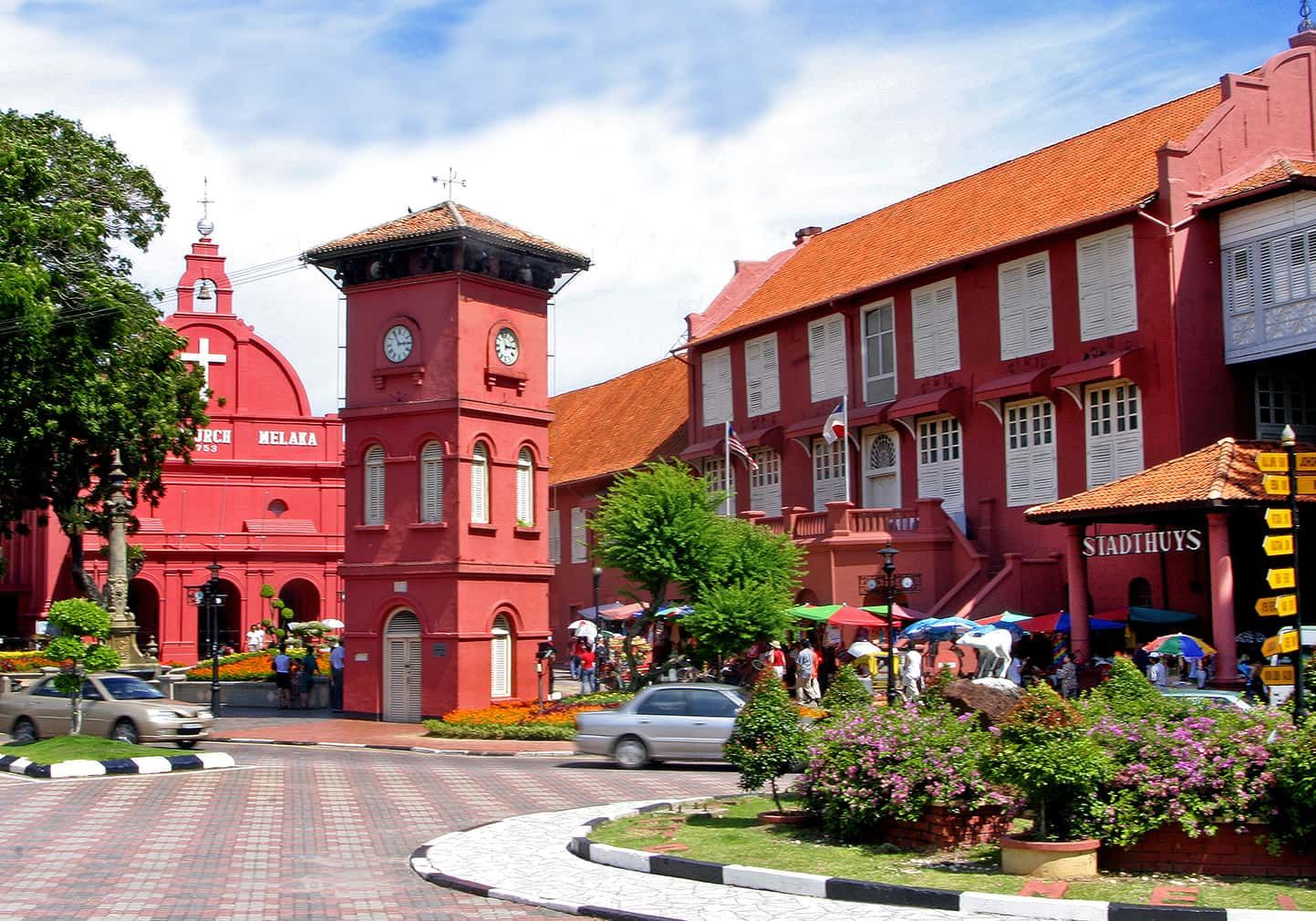Our Camping Blog
Penang’s heritage zone is a living museum as David Bowden discovers on a walk around the centre of this UNESCO World Heritage Site.
My interest in Penang and its heritage buildings was rekindled in reading Andrew Barber’s informative new book, Colonial Penang 1786-1957. Charged and primed with Barber’s valuable insights, I headed north to relook at George Town’s historic enclave.
Rows of two-storeyed terraced houses dominate the streetscapes of George Town with many having had a fresh coat of paint but you can see that this is but one thin veneer covering centuries of history. Closer inspection also reveals ornate cornices and beautiful proportions in many of the terrace houses.
Time has not been so kind to many of these old houses in the historic heart of the island of Penang located just off the western coastline of peninsular Malaysia. While it is now a UNESCO World Heritage Site, many visitors must wonder why it took so long to protect this heritage zone as the built urban landscape of this old spice trading port is without equal.
I’d arrived with great anticipation and expectation as I’d been reading about the Chinese houses of Penang and how they were, in the case of many, been given a new lease of life through their conversion into boutique establishments.
Most of Penang’s Chinese shop houses and houses have several common features including an internal courtyard that acts as an airwell.













